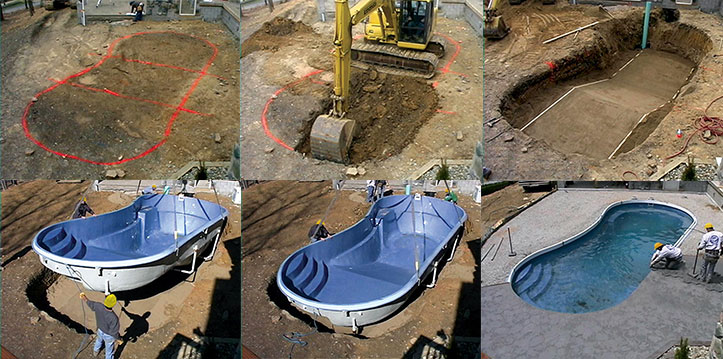When you hear the word “fiberglass” what comes to mind first? Perhaps it is golf clubs? Surf boards?
Most people can name at least one product made out of fiberglass, but this building material has unmatched durability and strength – in fact – automotive and aviation companies trust their passenger’s lives with it!
Brief History of Fiberglass
Commercial fiberglass production got started in the 1930s, but it wasn’t until the 1960s and 1970s that the material became mainstream. Researchers had developed different resin chemistries and learned how to make use of composite products. At the time, most products were made of traditional materials. Golf clubs were steel, bath tubs were made of cast iron, car parts were made of metal and plastic. But
the development of better resin chemistries improved technology across several industries.
Industries Utilizing Fiberglass
INDUSTRY:
Aviation
FORMER MATERIAL:
Steel
FIBERGLASS IMPROVEMENT:
Wing spars made of molded lightweight stiffeners that provide performance and stability.

INDUSTRY:
Marine
FORMER MATERIAL:
Wood
FIBERGLASS IMPROVEMENT:
Stringers in boats incorporate sandwich core technology to stiffen boat holes without additional weight.
INDUSTRY:
Automotive
FORMER MATERIAL:
Steel
FIBERGLASS IMPROVEMENT:
The first generation Corvette was introduced in 1953 with a body made of fiberglass instead of steel.

Fiberglass in Pools
It was a natural progression from keeping water out of boats to keeping water in pools. As building material, technology, and chemistry continued to improve, the popularity of composites gained ground.
By the 1980s, the laminates, materials, gel coating, and construction process used in boating materials are virtually identical to those used in the pool industry. Pools created their own niche in the composite
manufacturing industry with applications that go beyond just swimming pools. Both polyester and vinylester resins as well as fiberglass-reinforced plastic trace their roots back to the pool industry.







Join the discussion